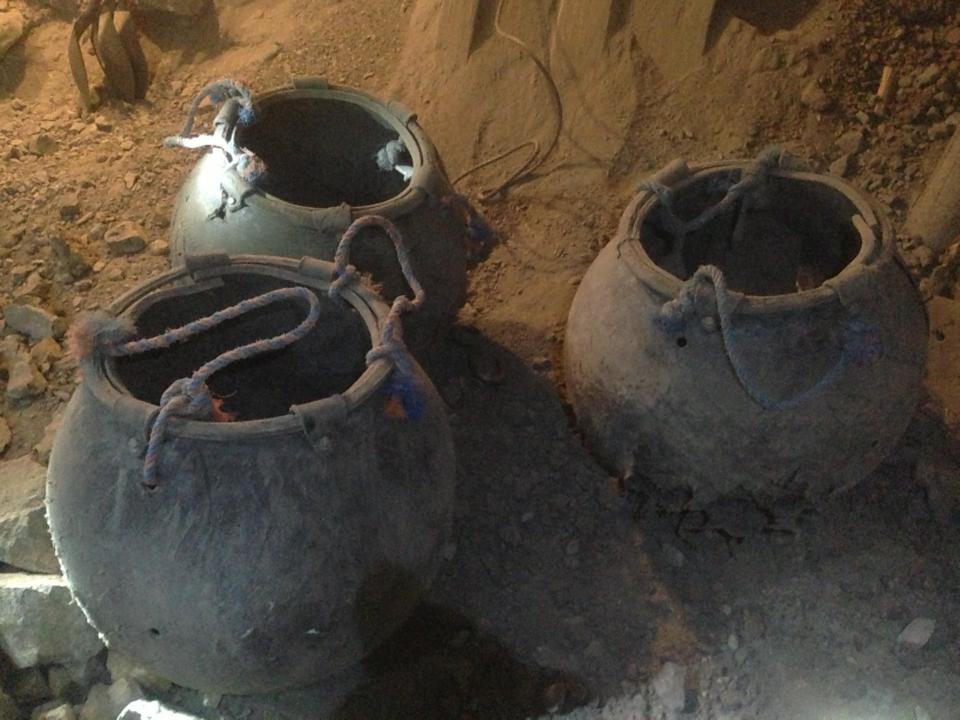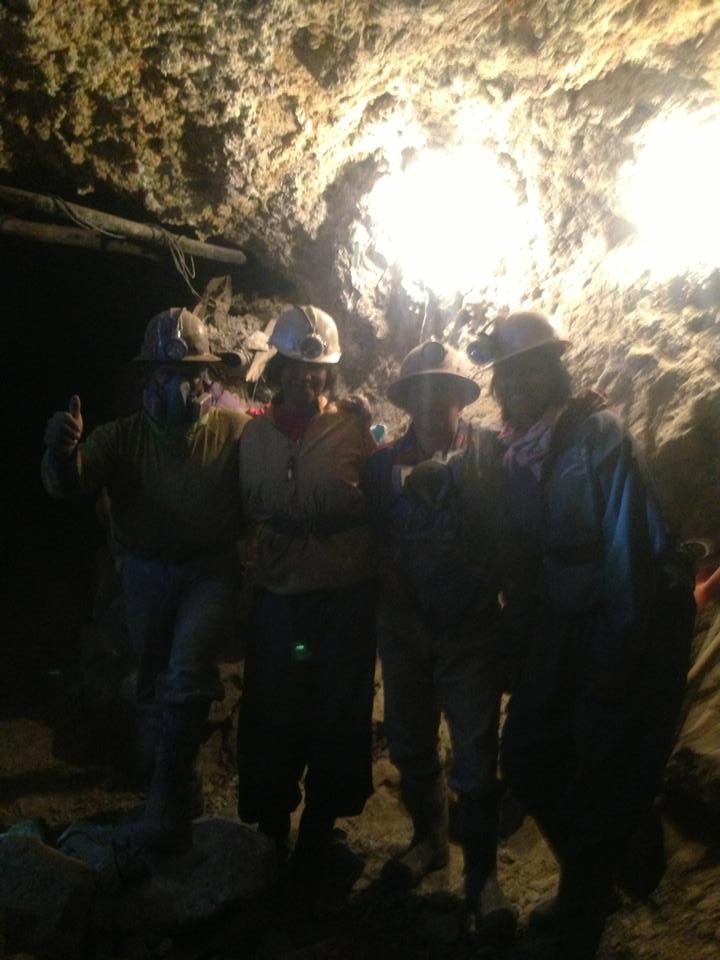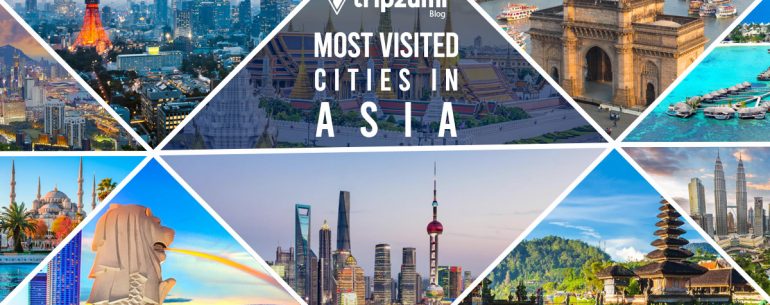
In this post and the previous one we are exploring Potosi in Bolivia, one of the highest cities in the world. As mentioned in the earlier post, conditions are hardly ideal for the 15,000 miners that work its famous silver mines. The Cerro Rico or the ‘mountain of wealth’ now faces serious threat of imminent collapse. Uncontrolled mining, with the maze of mines criss-crossing underneath the mountain, over the past few hundred years is already creating sinkholes in the region. Besides, the workers face other physical hazards as they extract ore manually. They continue to use 19th century equipment and trolleys. Save head torches there is no provision of electrically lighting any of the mines. Neither do the miners have modern protective gear other than helmets. Many work with their bare hands.
Death looms large
The abysmal safety conditions is what is cited for most miners only living to middle age. We were told due to the high toxicity of the mines including noxious fumes emitted through mining activity results in death of most miners through silicosis and other lung related diseases. Mining accidents are also not uncommon. Possible death by runaway trolleys is something most miners have resigned themselves to. We ourselves jumped out of the way of a speeding trolley by a hair’s breath.

“ Yes, death is a possibility but the money will ensure a better future for our kids. I came to work here when I was only 15 as did most of the others here but for our children, we want better, “ said one smiling miner who stopped to chat with us on our mine tour. Apparently, on asking we were told that though largely a man’s profession circumstances had forced a handful of women to also take up the hazardous profession.
Voyeurism and mine tours
Much controversy surrounds the mine tours themselves in that it voyeuristic of hardship. But given its history and the thrill of going partway into the very bowels of the earth made us overcome any unease we felt at the possible exploitative nature of the mine tours. We decided to do some research to pick an ethical travel agent that promoted sustainable tourism. We looked for one that did not not indulge in less responsible, environmentally unfriendly and dangerous dynamite explosion demonstrations. The tour company’s guides also were either miners or ex miners who belonged to one of the mine cooperatives thus ensuring that our money flowed back to the mining community in part at least.
Dungarees, helmet, head torch, masks were provided by our tour operator. Before setting off, we stopped at the miner’s market close to Cerro Rico where it is customary for visitors to procure gifts for the miners in the form of soda, coca leaves, alcohol and cigarettes.
Cocaine: Bolivia’s Big Issue
Our rather generous guide also dispensed to each of us a handful of coca leaves to ward off altitude sickness. He went on to explain that the chewing of coca leaves not only helped with dealing with higher altitudes but also that it staves hunger. More importantly apart from suppressing hunger, it is also supposed to increase energy levels thus enabling miners to work harder and faster.
On an aside, everywhere we went in Bolivia from coca museums to guides we were inevitable given spiels on American interference and destruction of traditional/indigenous forms of livelihood (of putting an end to coca farming). It was indeed an eye opener and a refreshing change to hear the other side of the story. While it is common knowledge, museums retell the story of coca cola originally having had coca as one of its main ingredients. And hence its name coke. Evo Morales, Bolivia’s president has apparently is attempting to push back, launching an ideological warfare of sorts with the United States in bringing back the cultivation of coca ( cocaine) as a sustainable traditional crop.
Tio: Worshiping the devil
The coca chewing miners inside the mines pay obeisance to the lord of the underworld or the devil as the mines being far below the earth is considered the realm of the devil where god has no control and hence must be appeased. Offerings are made in the form of alcohol, coca leaves and cigarettes to Tio or the devil. Tio is represented through a somewhat hideous naked statue of the under-lord placed in special caverns inside the mines. We ourselves offered the underworld lord in his temple of sorts, a pack of cigarettes; our tiny if ineffectual gesture for the safety and protection of the miners who had been gracious enough to let us into their world.
Apart from the mint and the mines, Potosi is a quaint town with many architectural gems ( especially numerous cathedrals, churches etc) chief among which is the San Francisco convent and temple. Its highlight is high up on the roof with the tiles supposedly made of the thighs of miners who sought refuge here. The views are quite as stunning too.
Feature image- Statue of Tio or the devil inside the silver mines of Potosi



Leave a Reply